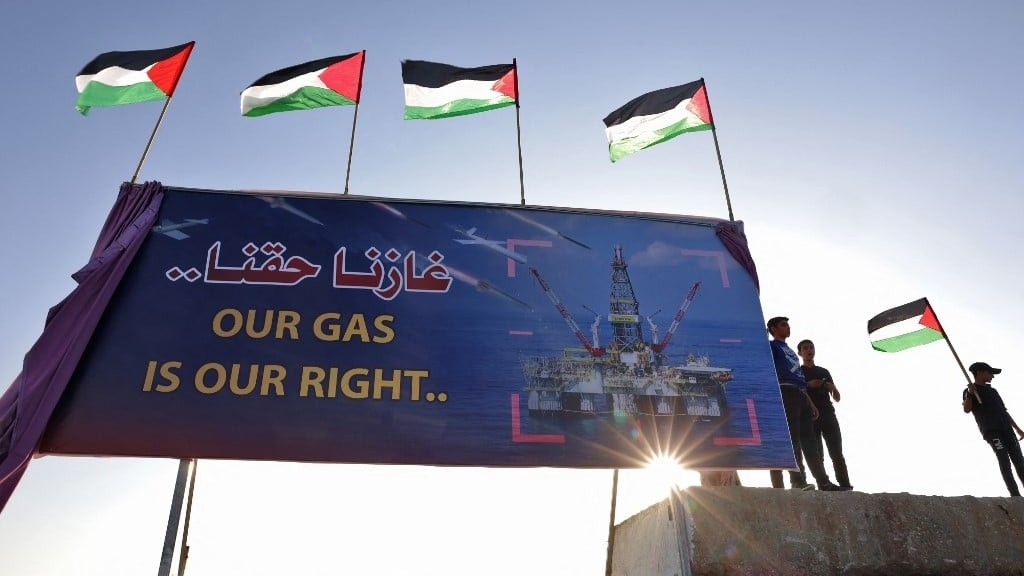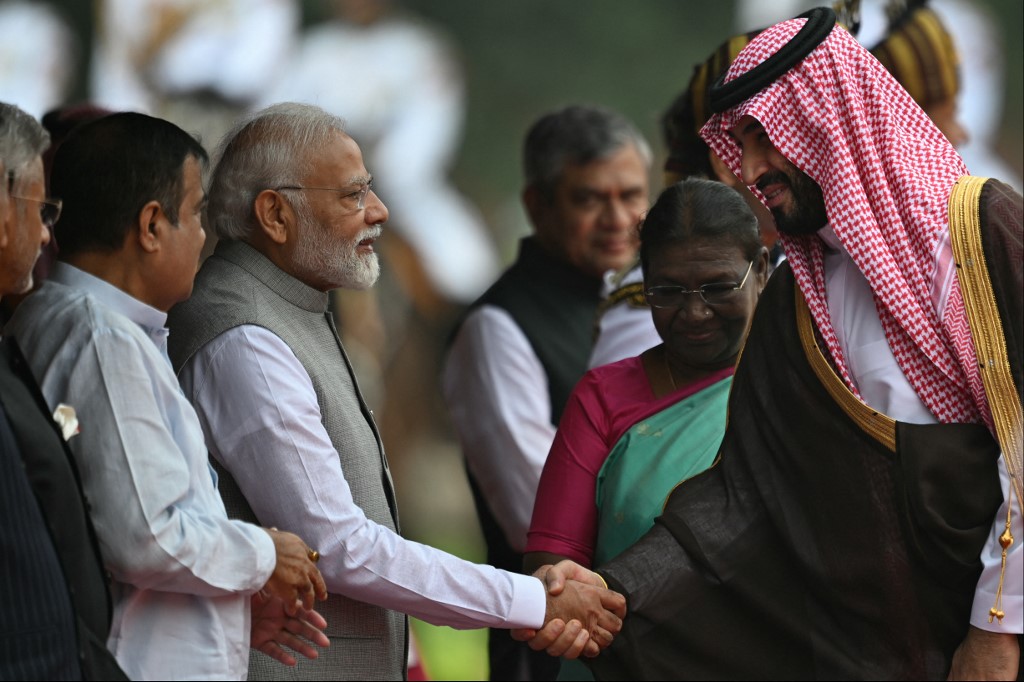Israel-Palestine war: Israel wants to seize Gaza's multibillion dollar gas field

After the 7 October Palestinian fighters' attack, which killed around 1,200 people and led to hundreds of hostages being taken to Gaza, Israel responded ferociously.
It has dropped more than 18,000 tonnes of bombs on Gaza so far, killing more than 11,000 Palestinians - mostly women, children and elderly people - in a month of relentless air strikes.
A top UN official in New York recently resigned his post, calling the events in Gaza a “textbook case of genocide” in which western governments have been “wholly complicit”. Israeli Prime Minister Benjamin Netanyahu has vowed that his country will not surrender until Hamas is eliminated.
As the horrific onslaught enters its sixth week, the issue of energy resources could add another layer of complexity to the ongoing war.
According to the United Nations Conference on Trade and Development (UNCTAD), significant reservoirs of oil and natural gas have been found off the Gaza Strip and elsewhere under the occupied West Bank.
New MEE newsletter: Jerusalem Dispatch
Sign up to get the latest insights and analysis on Israel-Palestine, alongside Turkey Unpacked and other MEE newsletters
"The Occupied Palestinian Territory lies above sizeable reservoirs of oil and natural gas wealth, in Area C of the occupied West Bank and the Mediterranean coast off the Gaza Strip. However, occupation continues to prevent Palestinians from developing their energy fields so as to exploit and benefit from such assets," said the study conducted by UNCTAD in 2019.
In this context, the issue of sovereignty over Gaza’s gas fields is vital for Israel.
The Oslo II Accord signed in 1995 gave the Palestinian Authorities (PA) maritime jurisdiction over its waters up to 20 nautical miles from the coast, therefore, the PA signed a 25-year contract for gas exploration with the British Gas Group (BGG) in November 1999.
In 2000, two wells drilled by British Gas off the coast of Gaza revealed gas reserves estimated at 1.4 trillion cubic feet. Sixty percent of those reserves belong to Palestinians.
In July 2000, the Israeli prime minister granted BGG security authorisation to drill the first well, Marine 1, as part of political recognition by Israel that the well was under PA jurisdiction.
Opportunity for collaboration
After Russia invaded Ukraine in February 2022, Europe tried to secure alternatives to Russian energy supplies, and revived a Palestinian initiative to extract natural gas off the coast of Gaza. It was hoped that the $1.4bn project - involving the Palestinian Authority, Egypt, Israel and Hamas - could launch gas production by March 2024.
Such a project could have laid the groundwork for a win-win collaboration between the Palestinians and Israel.
But as the Israel-Palestine conflict has dramatically escalated in recent weeks, that no longer appears to be on the horizon, with the project frozen for the foreseeable future.
Follow Middle East Eye's live coverage for the latest on the Israel-Palestine war
Instead, on 29 October, as the war continued with no ceasefire in sight, Netanyahu’s government awarded 12 licences to six companies, including BP and Italy's ENI, for natural gas exploration off the country’s Mediterranean Basin area.
The new resources of oil and natural gas finds in the Eastern Mediterranean are valued at an astounding $524bn. However, according to the UN report, a significant portion of those assets will have to be sourced from within the occupied territory of Palestine.
In addition, during the G20 summit in New Delhi this September, the US and EU announced their backing for a plan to build an economic corridor linking India with the Middle East and Europe - a massive project to rival China’s Belt and Road Initiative.
In this context, the issue of sovereignty over Gaza's gas fields is vital for Israel
Netanyahu described it as "a cooperation project that is the greatest in our history”, adding: “Our country Israel will be a central junction in this economic corridor; our railways and our ports will open a new gateway from India through the Middle East to Europe, and back.”
Israel's plan is to become a major exporter of gas and some oil. In the past 20 years, the country has been transformed from a net importer of fossil fuels to an exporter of natural gas.
Netanyahu’s October 2023 declaration of war on Gaza is a continuation of Israel’s previous invasion of Gaza in 2014 when at least 2,104 Palestinian were killed, including 1,462 civilians. The underlying military objective of the occupation of Gaza is the expulsion of Palestinians from their homeland.
Israeli defence minister, Yoav Gallant, has said the plan is to “eliminate everything” and another minister, Gideon Sa’ar, said Gaza “must be smaller at the end of the war”. Moreover, an Israeli government “concept paper” proposed to transfer the Gaza Strip's 2.3 million people to Egypt's Sinai Peninsula.
However, the ultimate objective is not only to demolish Hamas and/or exclude Palestinians from their homeland, but to confiscate Gaza's multi-billion-dollar gas resources.
The views expressed in this article belong to the author and do not necessarily reflect the editorial policy of Middle East Eye.
This article is available in French on Middle East Eye French edition.
Middle East Eye delivers independent and unrivalled coverage and analysis of the Middle East, North Africa and beyond. To learn more about republishing this content and the associated fees, please fill out this form. More about MEE can be found here.






